Budget 2020/21: A Severe Blow to The EV Industry
Share
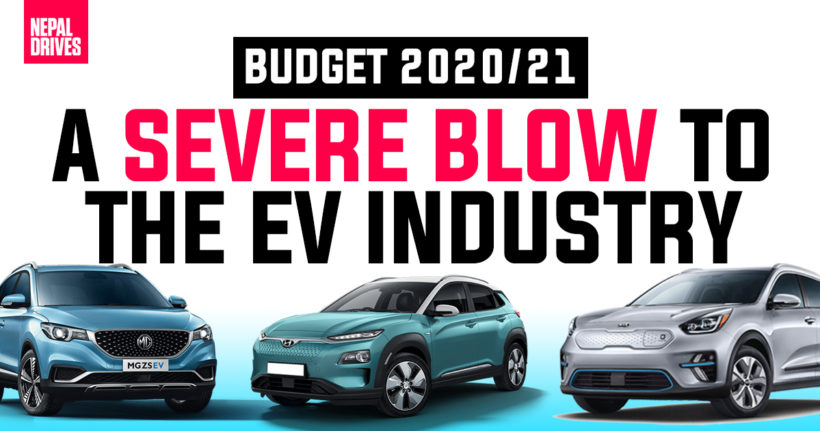


While inaugurating the battery-operated public buses by Sajha Yatayat in 2018, Prime Minister KP Sharma Oli also announced the National Action Plan for Electric Mobility that would escalate the country-wide adoption of electric transportation by at least 20% in the next two years. Two years on, the ambitious plan is still in limbo. Moreover, it seems like a distant dream now.
When Finance Minister Yubaraj Khatiwada presented the new budget in the Parliament yesterday, there was a lot of expectation from the industry that the government will announce measures to revive the auto industry. However, on the contrary, the Finance Minister presented a contentious policy that now puts the EV dealers in the country in a very difficult position.
The onus is clearly on the government to provide a convincing justification for such a shocking measure because this is a ‘slap in the face’ to consumers and businesses who have already decided to go electric.
According to the new budget, the excise duty on electric cars has now been raised to 40-80% depending upon their peak power. Electric cars with peak power ranging between 50-100kW will now have to bear an excise duty of 40%, 50% if it’s between 100-150kW, and 60% for 150-200kW. Earlier it was only 10% regardless of the peak output. And, to make matters worse, the government has slapped an extra 80% customs duty. However, the government will reimburse 50% of the 80% customs duty. And, this will further be subjected to 13% VAT and a 5% road toll.
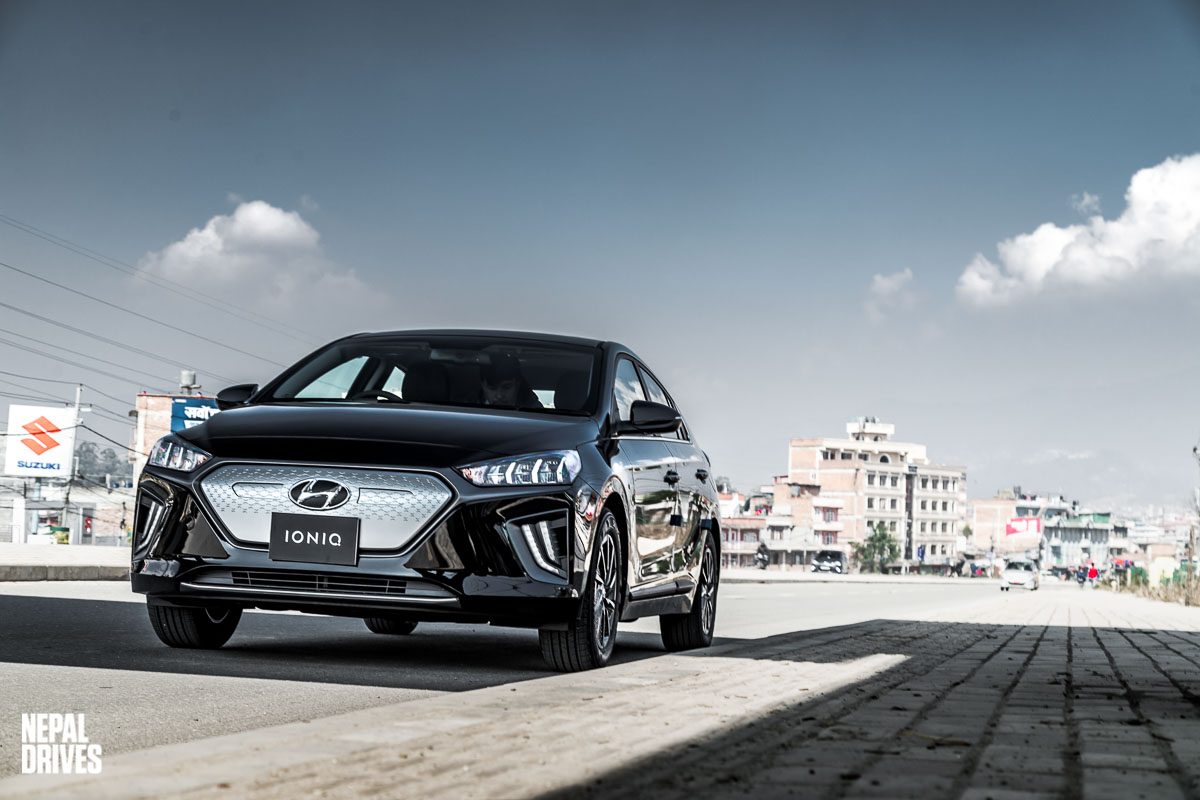
2020 Hyundai Ioniq Electric (Pre-budget price – Rs 55,96,000) (Review here)
Until now, electric cars had to pay only ~28% in total taxes. Now, it has been increased to a massive 120-140%. Although the dealers are yet to take their call on the new pricing, it is rumored that the prices can see a two-three-fold increase. The retail price of conventional petrol and diesel cars reaches up to 261% above the cost price. The onus is clearly on the government to provide a convincing justification for such a shocking measure because this is a ‘slap in the face’ to consumers and businesses who have already decided to go electric.
For example,
Let’s assume the price of an EV is Rs 5500000.
Now, according to the new budget, the price will be subjected to
- 40% customs duty (The customs duty is 80% but the government rebates 50%)
The new price will be = Rs 7700000 (Rs 5500000 + 40% customs duty i.e. Rs 22,00,000)
Let’s assume the EV has a peak power ranging between (100-150Kw)
- Now, add the excise duty of 50% (Electric cars with peak power ranging between 50-100kW will bear an excise duty of 40%, 50% if it’s between 100-150kW, and 60% for 150-200kW)
The new price will be = Rs 11550000 (Rs 7700000 + 50% Excise duty i.e. Rs 38,50,000)
Now, after adding 13% VAT = Rs 13051500 (Rs 11550000 + 13% VAT i.e. Rs 15,01,500)
And 5% road toll = Rs 13704075 (Rs 13051500 + 5% road toll i.e. Rs 6,52,575)
The final price will be Rs 13704075 (excluding 20% dealer margin)
Depending upon the dealer margin, the price of a Rs 55L Electric car will now cost you three times more!
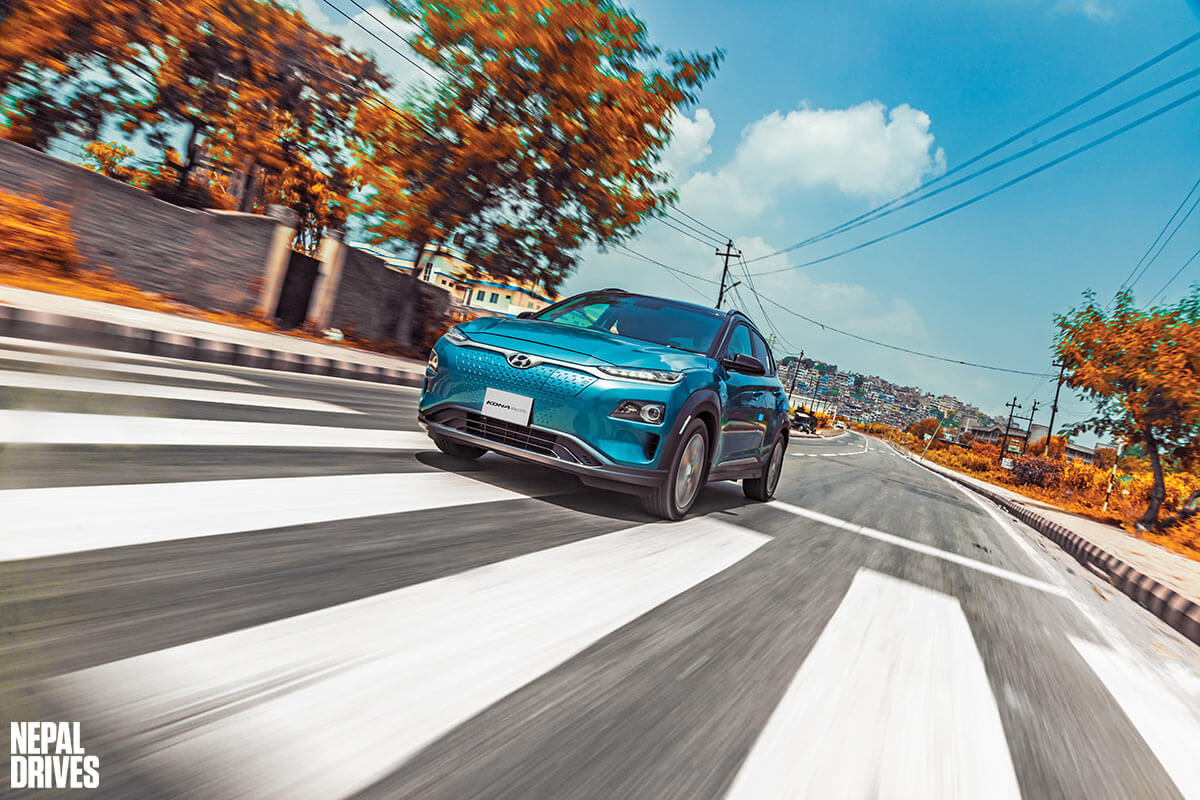
Hyundai Kona Electric (Pre-budget price – Rs 55,96,000- Rs 65,96,000) (Review here)
Though the EV segment is still at a nascent stage, its market share was projected to rise exponentially in the coming decade. The low cost of ownership and subsidies from the government made a strong case for EV importers in Nepal. This was further complemented by the government’s willingness to set up charging infrastructure across the public spectrum. Although these short-term policies accelerated the adoption of EVs, the government’s failure to devise a long-term strategy to solve the revenue and taxation issues has left a lot to be desired by this sector.
With the new budget, it seems that these development dreams will have to be shelved. It is almost equally certain that most of the effort rallied towards creating better infrastructure for electric vehicles in Nepal will also take the back seat.
This is especially disheartening because it effectively brings the progress of electric vehicles in Nepal to a screeching halt. The increase in the purchase of premium electric vehicles by the public had definitely indicated the possibilities of the general public accepting electric vehicles as their primary mode of transportation. In the long run, and assuming that the infrastructure required would be established, the adoption of electric vehicles would nudge the Nepalese community towards a cleaner and greener tomorrow.
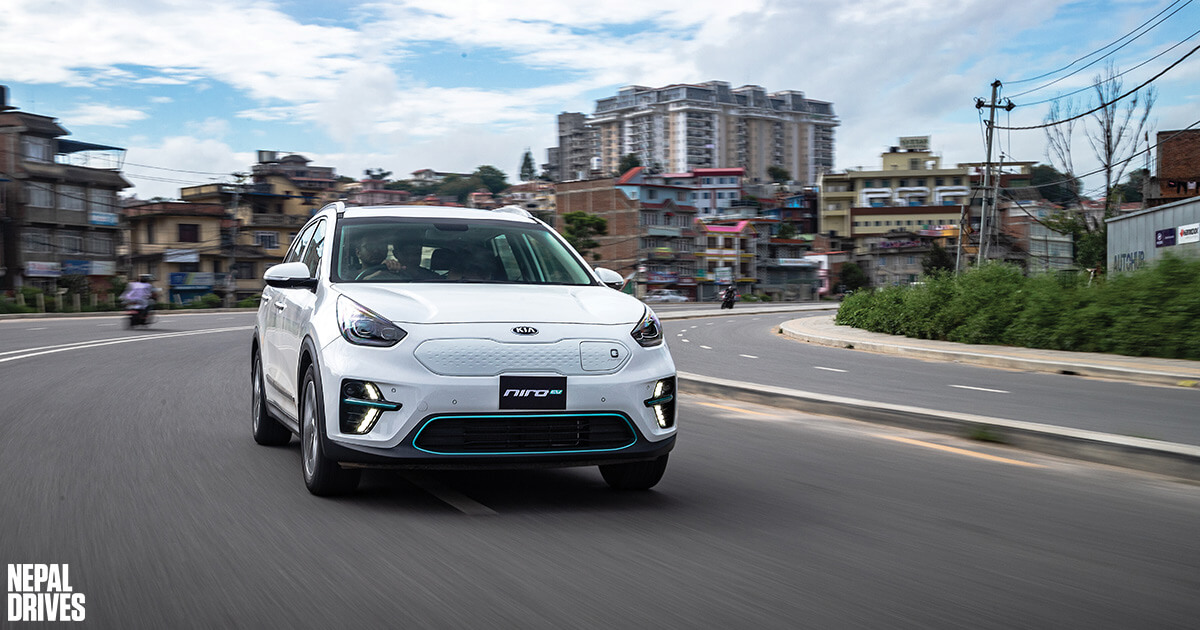
Kia Niro EV (Pre-budget price – Rs 66,90,000) (Review here)
And with the automotive world making leaps in progress in R&D, it looked like electric vehicles were definitely set out to become a sustainable alternative to conventional fossil fuel-driven vehicles. However, with the new budget, it seems that these development dreams will have to be shelved. It is almost equally certain that most of the effort rallied towards creating better infrastructure for electric vehicles in Nepal will also take the back seat.
The government’s decision could be the result of several factors. On one hand, you are faced with the dilemma of decreasing tax revenue and on the other hand, you want to encourage EVs for a cleaner future. There is a clear dichotomy between what the government said it would do and what the government actually did.
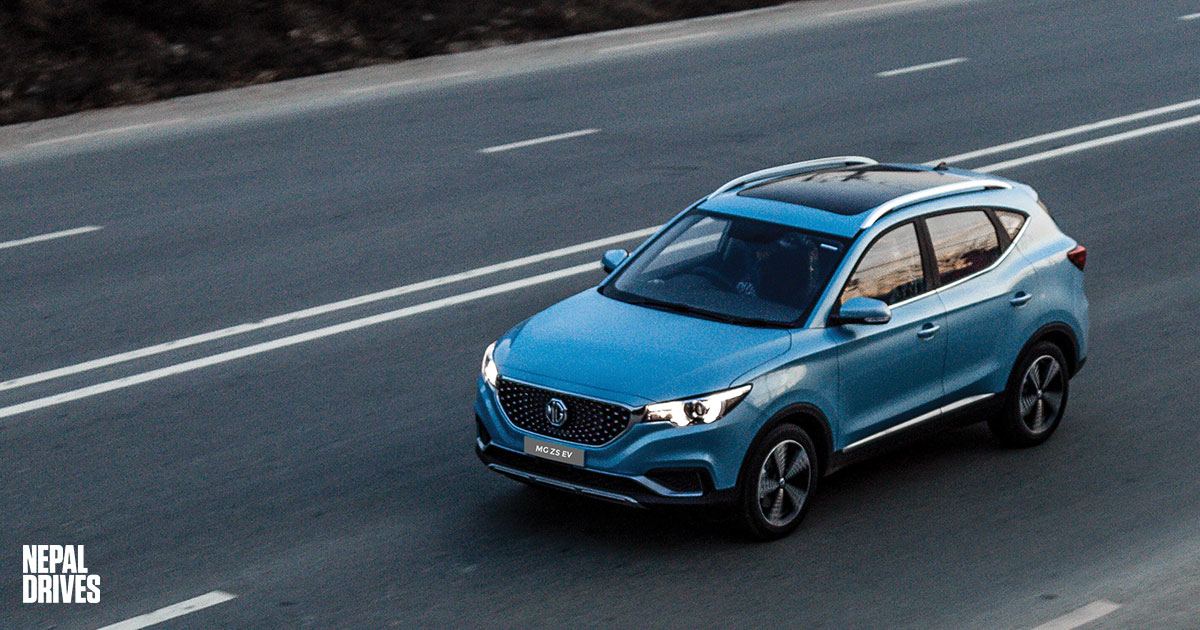
MG ZS EV (Pre-budget price – Rs 49,99,000) (Review here)
Did the rise of electric cars threaten the fuel excise revenues or did the government fall victim to extensive lobbying? A conundrum which we are obliged to acquiesce. Regardless of the current situation, we are definitely still hopeful that the future holds better potential for electric vehicles in Nepal. There is no question of where the automotive world is headed, and the importance of a sustainable future is still of paramount importance. One can only hope that our country manages to play a protagonist role in this paradigm shift.











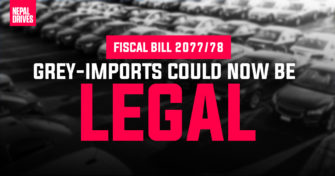
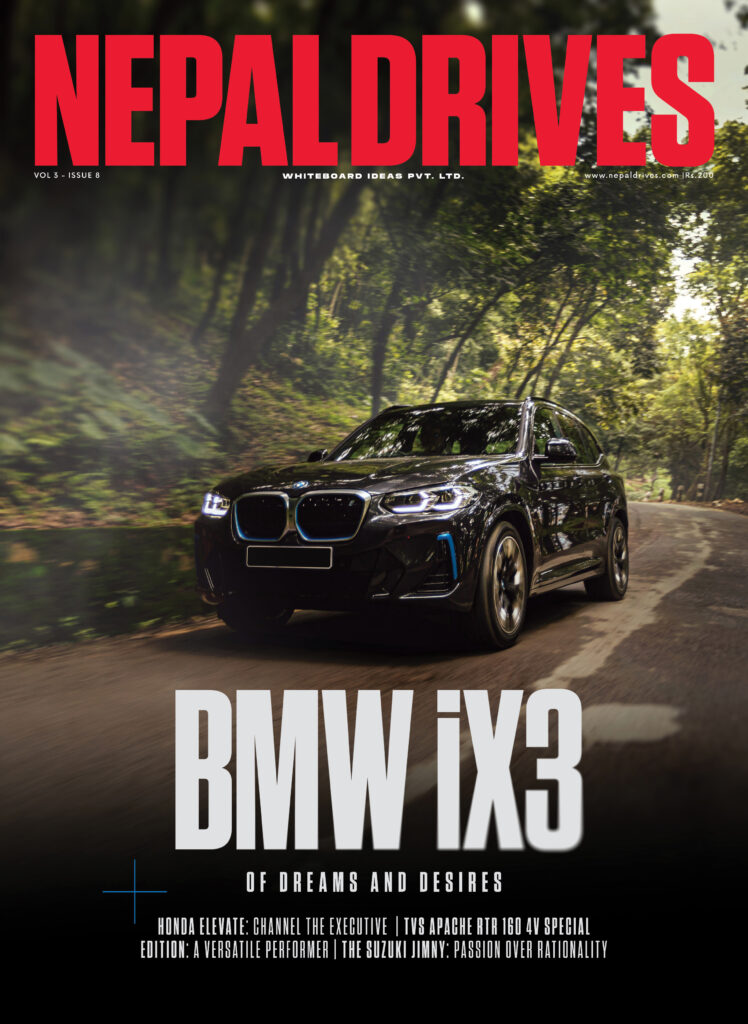
When will the Jaguar and Audi get authorized dealer and what will be the price of New Jaguar I-pace and Audi e-tron.
It is auto dealers lobbying and govt policy for decrease in petroleum revenues, that led the increase in tax revenue. The govt doesn’t care about domestic electric production and environment.
The dealers never thought about importing the low budget car because they earn huge comission if higher priced car is imported. The e-car price was considerably more than the petrol and diesel one….and on the other hand Govt has to spent more foreign currency for espensive car. It was far beyond afordability for a mid level income to buy an electric car despiteof huge cut in customs…this was just a money making policy of dealers rather to think for a moderate customers
.
KP Oli should pay for his false advertising to the Nepali people. The truth is the rich will pay no matter what, but it’s the up and coming middle class that will suffer. This is going to ruin the economy, middle class who wanted to save money by buying EVs will suffer. The rich will keep buying their Jaguars regardless of price. SHAME TO KP OLI AND THE SO CALLED COMMUNIST PARTY.